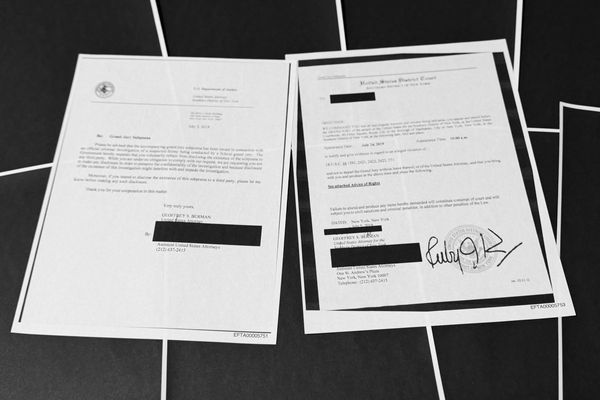
Markets rise and fall, but human behavior often magnifies those swings. Instead of staying calm, many investors sell off stocks or abandon strategies during downturns, locking in losses at exactly the wrong moment. This reaction can derail long-term plans and create financial setbacks that take years to recover from. To answer why do some investors panic at the worst possible time, it’s important to explore both the psychology and the financial pressures behind these decisions.
1. Fear Overpowers Rational Thinking
Fear is one of the most powerful drivers of human behavior. When markets dip sharply, headlines amplify the panic, and many investors respond emotionally instead of logically. Even experienced investors may forget that markets historically recover over time. The instinct to “stop the bleeding” can cause them to sell at a loss. This fear-based decision-making is a clear example of why some investors panic at the worst possible time.
2. Short-Term Focus Clouds Long-Term Goals
Investors who focus too much on daily market swings often lose sight of long-term objectives. Retirement accounts or long-term portfolios are designed to weather short-term volatility, but panic can override patience. When investors check balances too frequently, small losses feel larger than they are. This short-term mindset leads to hasty decisions that hurt long-term outcomes. The inability to focus on the bigger picture shows why some investors panic at the worst possible time.
3. Herd Mentality Magnifies the Panic
When markets fall, people often look to others for cues on what to do. If friends, colleagues, or news outlets emphasize selling, investors may follow the crowd to avoid feeling left behind. This herd mentality creates a snowball effect, with more selling leading to sharper declines. Acting with the crowd often feels safe, but it usually means selling low and buying high later. This behavior highlights another reason why some investors panic at the worst possible time.
4. Lack of Emergency Savings Creates Pressure
For some, the decision to sell investments isn’t just emotional—it’s financial necessity. Without emergency savings, people may be forced to pull money from investments during downturns to cover expenses. This locks in losses and disrupts financial plans. Having cash reserves can prevent investors from touching long-term accounts when markets dip. A lack of safety nets explains another layer of why some investors panic at the worst possible time.
5. Overexposure to Risk Fuels Anxiety
Investors who take on more risk than they can emotionally handle are more likely to panic. A portfolio that swings wildly during downturns may cause sleepless nights and trigger rash decisions. Diversification and balanced asset allocation can reduce this stress, but many ignore those principles in pursuit of higher returns. When risk tolerance and investments don’t align, panic is almost inevitable. Overexposure to risk is a major reason why some investors panic at the worst possible time.
6. Overconfidence Backfires in Market Volatility
During strong markets, some investors become overconfident, assuming gains will continue indefinitely. When reality shifts, they’re unprepared emotionally and financially for losses. This overconfidence often leads to poor preparation, such as failing to diversify or ignoring risk management. The shock of a downturn then triggers panic selling. This swing from overconfidence to fear is another reason why some investors panic at the worst possible time.
7. Media Amplifies Market Anxiety
Financial news outlets thrive on attention, and dramatic headlines grab more viewers. Constant coverage of downturns, market crashes, or economic uncertainty creates a sense of urgency. Even disciplined investors may feel compelled to react after absorbing hours of negative news. In reality, markets are often less volatile than the headlines suggest. Media influence is a strong factor in why some investors panic at the worst possible time.
Staying Calm When Markets Shake
Market downturns are inevitable, but panic doesn’t have to be. The key lies in preparation: setting realistic expectations, maintaining emergency savings, and aligning portfolios with true risk tolerance. Recognizing the psychological traps that lead to poor timing helps investors make rational decisions. Ultimately, understanding why some investors panic at the worst possible time offers valuable lessons on how to avoid costly mistakes and build long-term financial resilience.
Have you ever felt the urge to sell during a market downturn? Share your experience and strategies in the comments below.
What to Read Next…
8 Smart Investing Rules the Wealthy Actually Follow
7 Strange Things That End Up in High-Net-Worth Portfolios
8 Suspicious Portfolio Shifts After Advisor Change
5 Financial Moves That Sound Smart but Hurt Over Time
8 Signs Your Portfolio Strategy May Be Outdated in This Economy
The post Why Do Some Investors Panic at the Worst Possible Time appeared first on The Free Financial Advisor.







